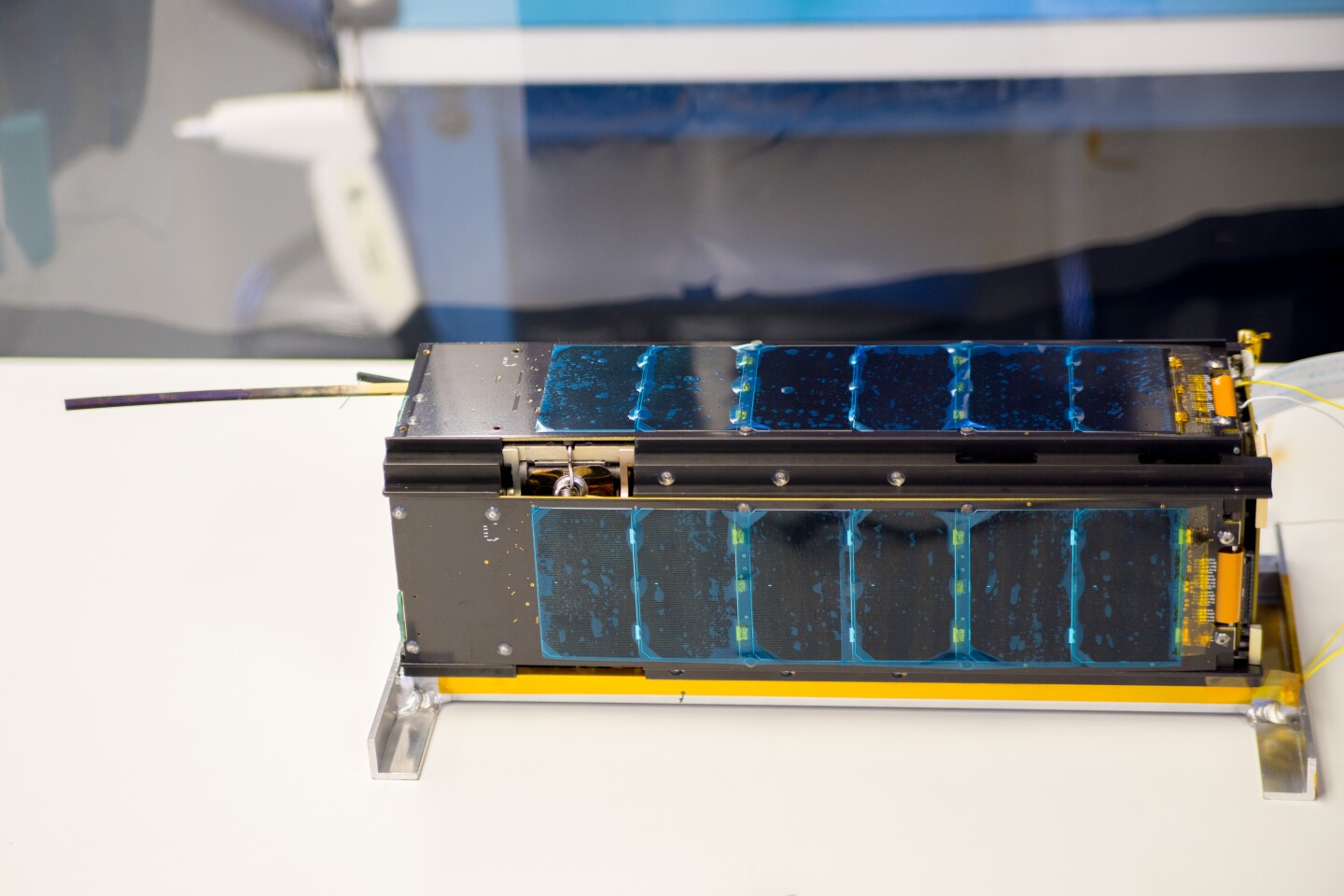Though we tend to think of private spaceflight as being in the SpaceX league, it also includes many smaller-scale efforts. For example, the non-profit Planetary Society has announced that its LightSail spacecraft will make its first test flight in May. The solar-propelled CubeSat will lift off as a piggyback cargo atop an Atlas V rocket from Cape Canaveral Air Force Station, Florida.
The LightSail consists of a CubeSat about the size of a loaf of bread, which was designed by Stellar Exploration in San Luis Obispo, California. Set around its rectangular electronics package, its propulsion system is a square of reflexive mylar plastic that deploys along four four-meter (13-ft) booms.
Once deployed the plastic will catch the pressure from sunlight to push the spacecraft along in what is called solar sailing. The term is apt because the principle is exactly the same as with nautical sailing, with the same maneuvers of tacking, luffing and running before the "wind." The hard part is coming up with a design that is light enough to be pushed by sunlight, yet can maintain its shape without collapsing.

This year's test is scheduled to last four weeks, demonstrating the spacecraft's systems and ability to deploy the solar sails. However, LightSail will be in a very low orbit, which it will not be able to escape due to atmospheric drag. This will also prevent it from carrying out controlled solar flight, but it will be possible to test the attitude control system and monitor the sail's behavior. During the test, images will be sent back to ground stations at Cal Poly San Luis Obispo and Georgia Tech.
The Planetary Society says that the second LightSail flight will be in 2016, when it will demonstrate actual solar sailing in Earth orbit. It will be installed inside Georgia Tech's Prox-1 satellite and launched into an orbit of 720 km (450 mi) using the SpaceX Falcon heavy rocket on its first operational flight.
The video below introduces LightSail.
Source: The Planetary Society







